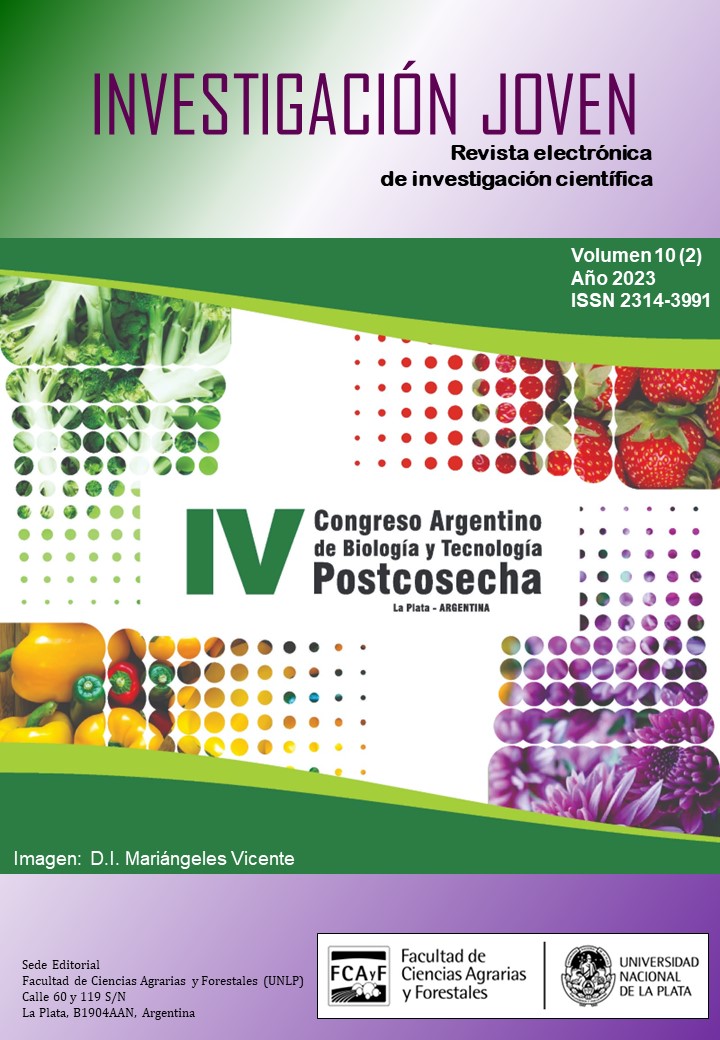Colored potato “michuñe negra” grown in soilless culture and during prolonged cold storage: implications in maillard substrates, phenolic compounds, and acrylamide formation during frying
Palabras clave:
processing contaminants, antioxidants, Maillard reaction, postharvest storage, cold induced sweeteningResumen
Colored potatoes native from the southern region of Chile have nutritional and health-promoting properties. Because of their appealing colors they have been introduced in the snack market as a “healthy” alternative to conventional potato chips. However, their aptitude for processing regarding acrylamide formation levels has been seldom investigated. In this work, the effect of cultivation season (summer and winter of 2021), and postharvest cold storage (1, 2, and 5 months at 5 °C ± 1 °C) on the Maillard reaction precursors (reducing sugars, sucrose, and asparagine), phenolic compounds (anthocyanins, phenolic acids and other flavonoids), and acrylamide after frying (GC-MS) were assessed on the “Michuñe negra” potato cultivar from the southern region of Chile grown under fertigation in a greenhouse at the School of Agronomy (Quillota, Chile). Acrylamide levels were surveyed on six samples of
commercial colored potato chips acquired in local supermarkets for comparison purposes. Cultivation season and cold storage showed an effect on both main primary and secondary metabolites. The amount of reducing sugars such as fructose increased with cold storage. Anthocyanin and phenolic contents were higher in the winter season and increased with cold storage. Acrylamide levels, measured on chips made from winter season potatoes were high, surpassing the EFSA benchmark value (750 µg kg−1) in all cases, notably in chips made after one month of cold storage (2125% higher) which coincided with the peak of reducing sugars. Additional measures in both agronomical and processing stages of the purple-fleshed potato need to be implemented to lower the acrylamide levels down to acceptable values.
Descargas
Publicado
Número
Sección
Licencia
Derechos de autor 2023 D. García-Ríos, J.E. Álvaro, M.E. Zúñiga, D. Campos, A. Aguilar-Galvez, M.S. Mariotti-Celis, F. Pedreschi, R. Pedreschi

Esta obra está bajo una licencia internacional Creative Commons Atribución-NoComercial-CompartirIgual 4.0.


















